Cameroon travel tips
Cameroon travel tips: Located in Central Africa, boasts diverse landscapes, rich culture, and wildlife. Bilingual with French and English influences.
Regions 🌎
Cameroon travel tips. Here is a list of all the regions of the Cameroon.

Adamawa
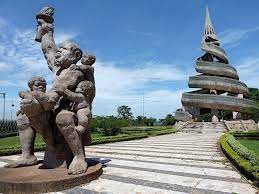
Centre
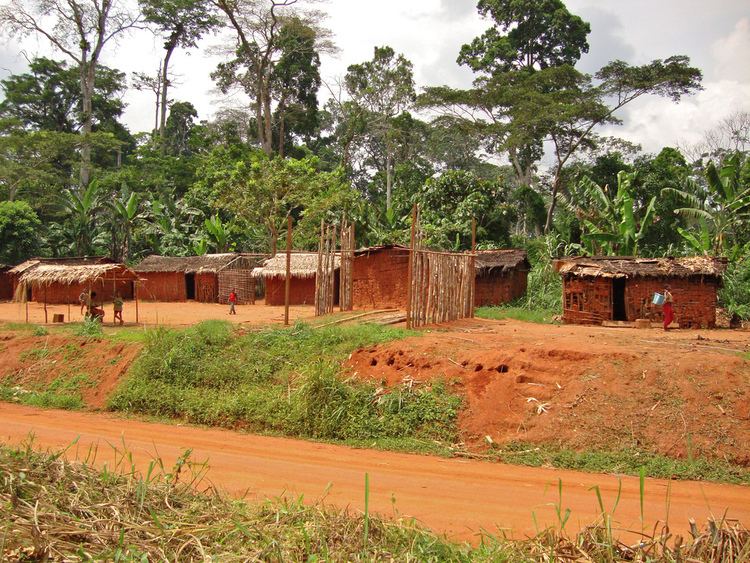
East

Far North

Littoral
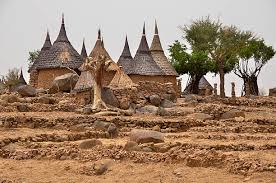
North

Northwest
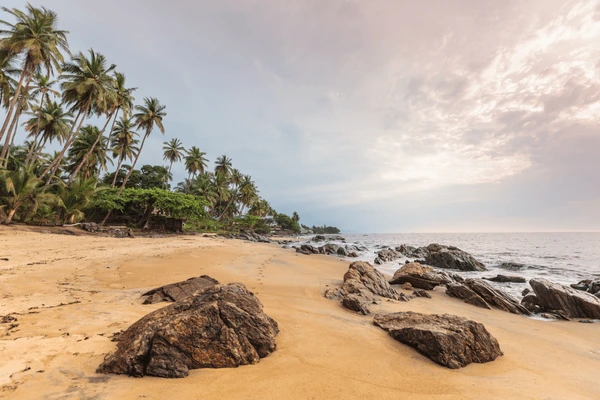
South

Southwest

West
Before you go 🛩
Important information you should know before your trip
Info

Capital | Yaounde
Flag Codes:
ISO alpha-2 CM,
ISO alpha-3 CMR
Currency
Badge | CFA franc
CODE | XAF
NUMBER | 950
SYMBOL | Fr
FRACTION | penny
Mobile Coverage
Dialing Code | +237
SIM Card
Coverage | 3G / 4G / 5G |
Mobile Networks | Camtel | MTN | Nexttel | Orange Mobile |

Location
Cameroon is a country located in Central Africa. It is situated along the Gulf of Guinea, bordering several other African nations. Here are the geographical coordinates and neighboring countries of Cameroon: Latitude: Cameroon is located between approximately 2° N and 13° N latitude. Longitude: The country spans roughly from 8° E to 16° E longitude.
Cameroon’s diverse geography includes coastal plains along the Atlantic Ocean, central plateaus, mountainous regions in the west, savannas in the north, and dense rainforests in the south and east. The capital city of Cameroon is Yaoundé, while the largest city is Douala, which is also the country’s major port and economic hub.
Cameroon’s location along the Gulf of Guinea makes it an important country in the region, with access to the sea for trade and transportation.
Currency
The currency of Cameroon is the Central African CFA franc, abbreviated as XAF.
The Central African CFA franc is a common currency used by six countries in Central Africa, which are members of the Economic and Monetary Community of Central Africa (CEMAC).
These countries include Cameroon, Chad, Central African Republic, Republic of the Congo, Equatorial Guinea, and Gabon.
The Central African CFA franc is issued and regulated by the Bank of Central African States (Banque des États de l’Afrique Centrale or BEAC), which is the central bank responsible for the monetary policies of the CEMAC member countries.
The currency is denoted by the currency code “XAF” and is pegged to the euro at a fixed exchange rate, ensuring stability in currency exchange for trade and economic purposes.
Central African CFA franc banknotes and coins are used for daily transactions in Cameroon and the other CEMAC member countries.
Languages
Cameroon is a linguistically diverse country with two official languages, reflecting its colonial history and the presence of numerous ethnic groups. The two official languages of Cameroon are:
French: French is one of the official languages of Cameroon and is widely spoken, particularly in the central and southern regions of the country. It is the primary language used in government, administration, education, and business.
English: English is the other official language of Cameroon and is predominantly spoken in the western regions of the country, including the Northwest and Southwest Regions. These regions were formerly part of British-administered Cameroon, while the rest of the country was under French administration. English is also used in government, education, and legal matters in the anglophone regions.
In addition to French and English, there are numerous indigenous languages spoken in Cameroon.
These languages belong to various linguistic families, including Bantu, Semi-Bantu, Sudanic, and Afro-Asiatic. Some of the major indigenous languages in Cameroon include:
Bamileke languages, Duala (Douala), Fulfulde (Fulani), Ewondo, Basaa, Bafia, Manyu, Kom, Tiv, Pidgin English (Camfranglais).
Cameroon’s linguistic diversity is a reflection of its multicultural society, with over 250 distinct ethnic groups. While French and English serve as the official languages and are used for formal communication, indigenous languages are widely spoken in everyday life, and many Cameroonians are multilingual, often speaking multiple languages fluently.
Climate 🌡
Cameroon’s climate is diverse, influenced by its geographical location in Central Africa, its varying elevations, and its proximity to the Atlantic Ocean. The country exhibits several different climate zones, including tropical rainforests, savannas, and highlands. Here are some key features of the climate in different regions of Cameroon:
Coastal Zone (Littoral Region):
The coastal areas of Cameroon, including cities like Douala and Limbe, have a tropical maritime climate. This region experiences high temperatures, high humidity, and abundant rainfall throughout the year. Rainfall is especially heavy during the wet season, which lasts from March to November. The dry season, from December to February, is relatively cooler and less humid.
Central and Southern Rainforests:
The central and southern parts of Cameroon are characterized by dense tropical rainforests. These regions receive heavy rainfall throughout the year and have high humidity levels. Average temperatures are warm and relatively stable year-round.
Western Highlands (Northwest and Southwest Regions):
The western highlands, including the Northwest and Southwest Regions, experience a more temperate climate due to their higher elevations. The cities of Bamenda and Buea are located in this area. Here, temperatures are milder, and rainfall is spread fairly evenly throughout the year. The highlands provide a pleasant climate compared to the hotter and more humid lowlands.
Northern Savannas (Adamawa, North, and Far North Regions):
The northern regions of Cameroon have a Sudanian and Sahelian climate. This area experiences distinct wet and dry seasons. The wet season typically lasts from May to October, bringing higher temperatures and occasional heavy rainfall. The dry season, from November to April, is characterized by hot and dry conditions.
Eastern Region:
The eastern part of Cameroon features a transition from rainforests to savannas. The climate varies depending on the specific location within this region. Rainfall is generally higher in the east, with temperatures being warm year-round.
Extreme Northern Region:
The far north of Cameroon has a Sahelian and desert-like climate. This area is characterized by extremely hot temperatures during the dry season, with temperatures often exceeding 40 degrees Celsius (104 degrees Fahrenheit). Rainfall is limited, and droughts can occur.
Cameroon travel tips
If you’re planning a trip to Cameroon, here are some travel tips to enhance your experience:
Diverse Landscapes:
Explore varied landscapes from rainforests to savannahs, and experience the unique blend of cultures.
Cultural Respect:
Respect local customs and traditions. Greetings are important; a handshake and a smile go a long way.
Health Precautions:
Take malaria precautions. Drink bottled water and be cautious with street food to avoid foodborne illnesses.
Wildlife Safaris:
Enjoy wildlife safaris; Cameroon is home to diverse fauna. Respect conservation rules during visits.
Transportation:
Use reliable transportation options. Shared taxis and buses are common; negotiate fares in advance. View Guide.
Cultural Events:
Time your visit with cultural events or festivals for an immersive experience.
Explore Cities:
Visit Yaoundé and Douala for urban experiences, museums, and vibrant nightlife.
Enjoy your time in Cameroon!

The best of the best
Cameroonian cuisine is incredibly diverse, reflecting the country’s rich cultural heritage and the presence of over 250 ethnic groups. Traditional dishes in Cameroon incorporate a wide range of ingredients, including staple foods like cassava, yams, plantains, maize, and rice, as well as a variety of proteins, vegetables, and spices.
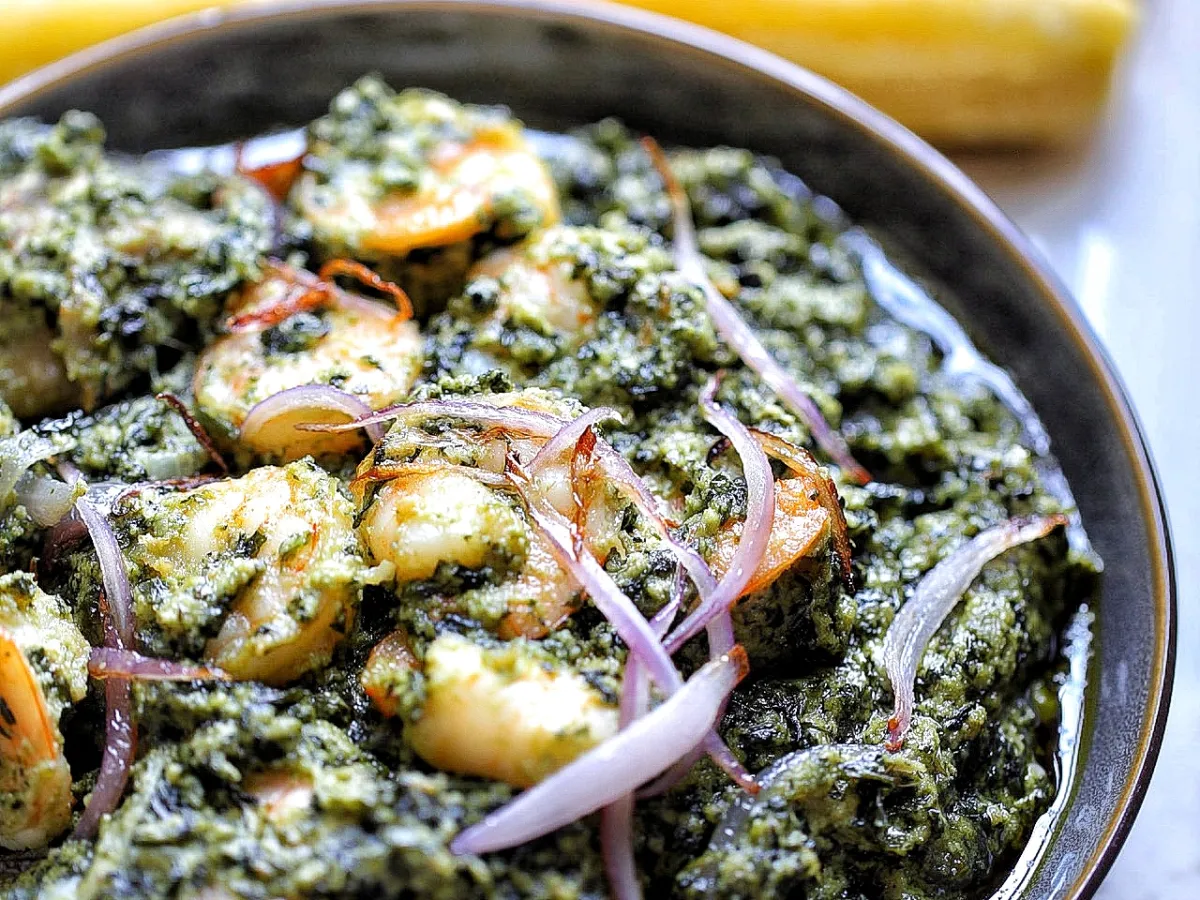
Ndolé
Ndolé is a flavorful Cameroonian dish made from bitterleaf vegetables, groundnuts (peanuts), and a variety of proteins, such as fish, shrimp, or meat.
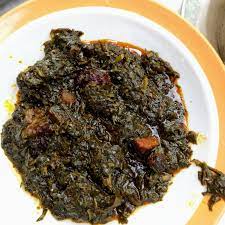
Eru
Eru is a traditional Cameroonian dish made from leafy vegetables, such as okazi or eru leaves, and can include ingredients like palm fruit, groundnuts, and various proteins.

Jollof Rice
Jollof rice is a beloved dish in Cameroon and throughout West Africa. It is a one-pot dish made with rice, tomatoes, peppers, and spices.
Here are some typical foods and dishes of Cameroon:
Suya: Suya is a popular street food in Cameroon, consisting of skewered and grilled meat, often served with a spicy peanut sauce.
Achu: Achu is a dish made from cocoyam, groundnuts, and palm fruit. It is typically served with a spicy soup and can include fish or meat.
Ekwang: Ekwang is a dish made from grated cocoyam wrapped in leaves and cooked with palm nut sauce. It is a specialty of the Bakweri people in the Southwest Region.
Cameroonian Pepper Soup: This is a spicy and flavorful soup made with a variety of proteins, including fish, chicken, or goat, and often includes hot peppers, spices, and vegetables.
Koki: Koki is a traditional Cameroonian dish made from black-eyed peas and palm oil, giving it a distinctive reddish color. It is steamed and has a pudding-like consistency.
Grilled Fish: Due to its coastal location, grilled fish is a common and delicious dish in Cameroon. It is often marinated in a spicy sauce before grilling.
Fufu: Fufu is a popular staple food in Cameroon made from starchy ingredients like cassava, plantains, or yams. It is pounded into a dough-like consistency and often served as an accompaniment to various soups and stews.
Cameroonian cuisine is known for its use of aromatic spices, rich flavors, and a wide variety of ingredients. It varies from region to region, reflecting the cultural diversity of the country. Visitors to Cameroon can explore a wide range of dishes and flavors, making it a culinary adventure.
Transportation 🚥
More information about this country
Choose your destination 📍🗺
Useful Links ✅



